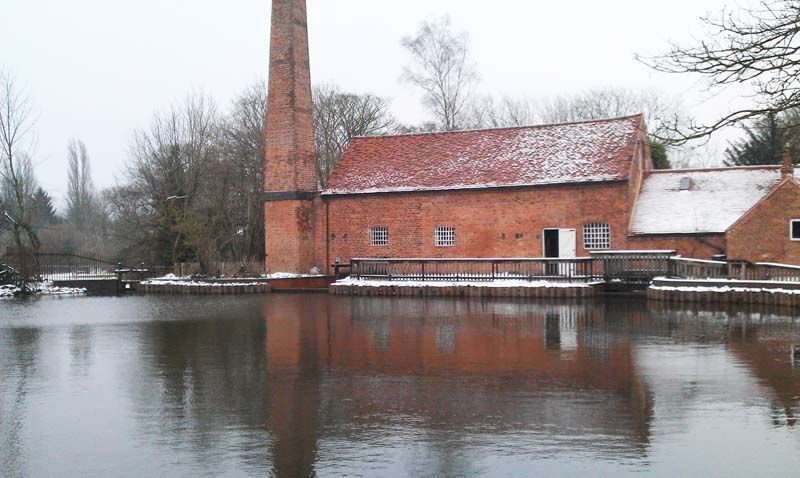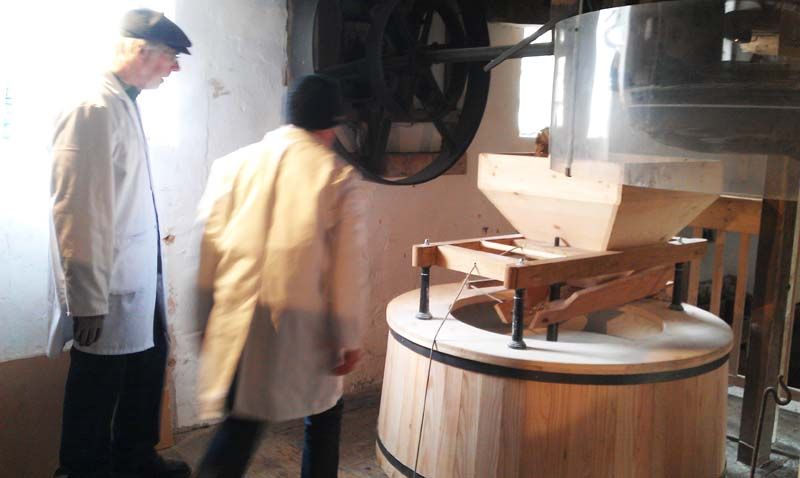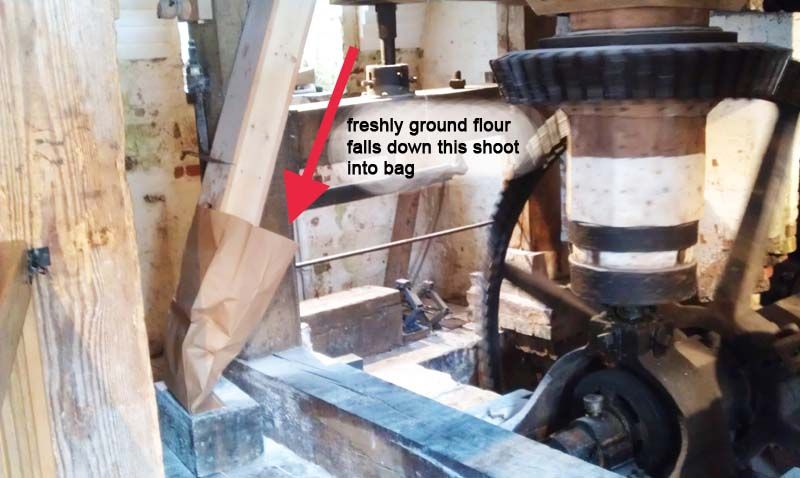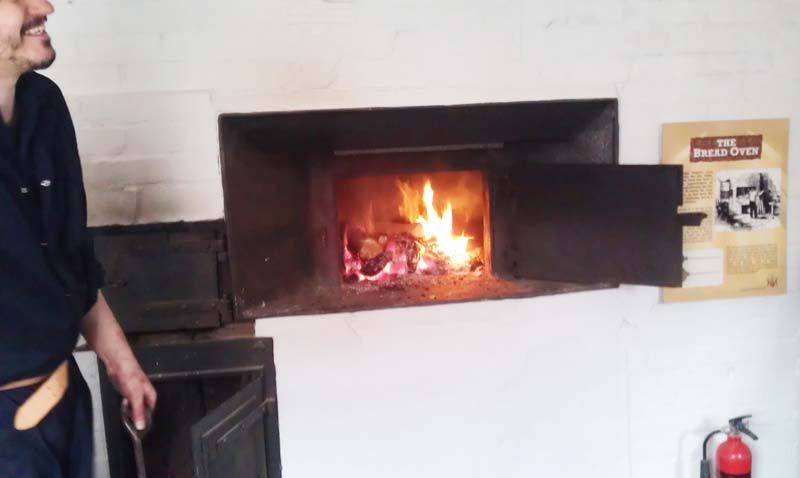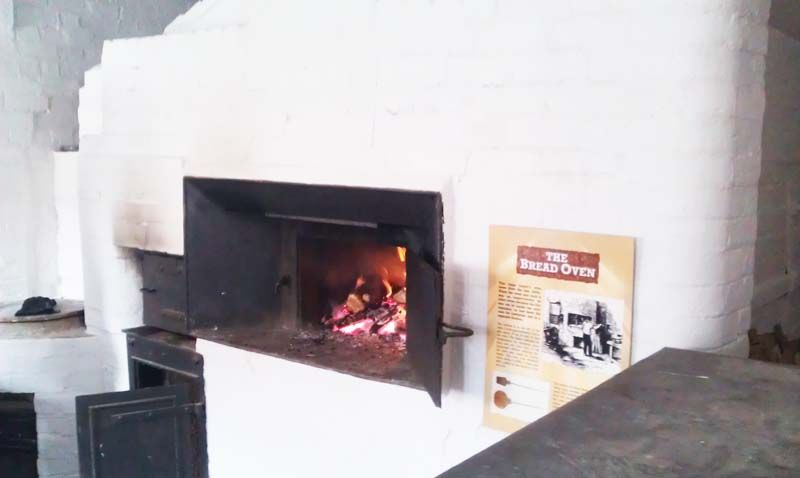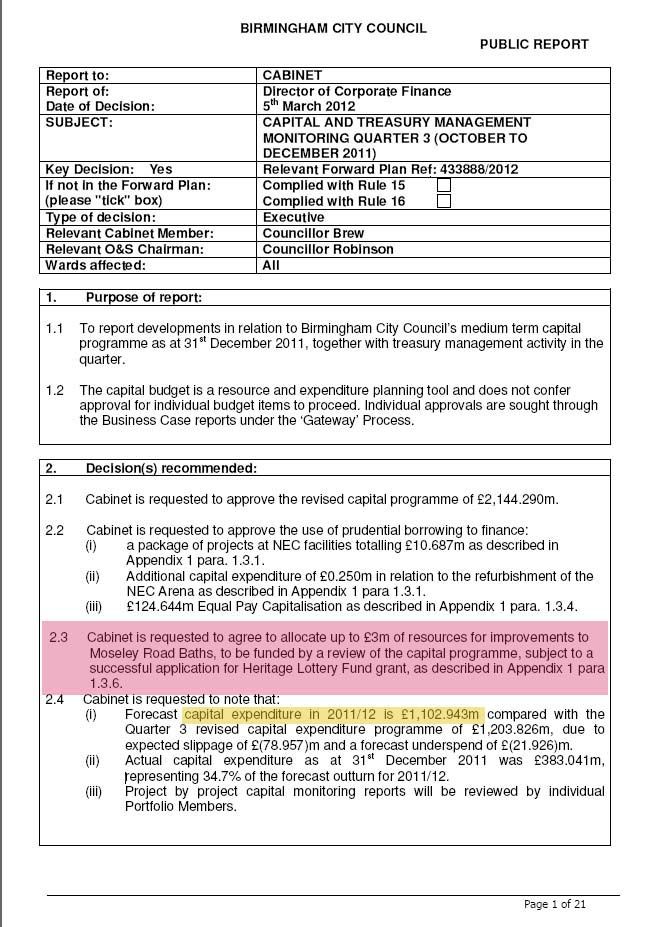The new Moseley and Kings Heath Public Space Protection Order – some concerns
Birmingham City Council is currently consulting on the introduction
of a Public Space Protection Order (PSPO) that covers most of Moseley, Kings Heath
(including most of their residential roads), Highbury Park and Kings Heath
Park.
The police will have extra powers to restrict the following
activities:
• Groups causing Anti-Social behaviour
• Being under the influence of intoxicating substance and/or
alcohol while in a public place.
• Damage or destruction of property (graffiti)
This PSPO replaces a much earlier PSPO that ended on 25th
September 2020 and which the Council did not renew. That old PSPO covered the
years 2017 to 2020.
The old PSPO focused mainly on the shopping areas and
restricted the following activities:
·
Anti-social behaviour caused by groups of people
or individuals in public spaces;
·
Verbal abuse;
·
Threats of or use of violence;
·
Anti-Social Street drinking;
·
Obstructing Pathways;
·
Begging;
·
Possession of goods, items or materials used for
unauthorised graffiti;
My initial thoughts on the new PSPO is: why has the scope of the restricted activities
been watered down compared to the old PSPO, with a lot of anti-social
activities removed. The old PSPO gave the police extra powers to deal with
anti-social behaviours that were difficult enforce due and took months and
months of paperwork to restrict on individuals, The new PSPO leaves three activities
for which the police don’t need any extra powers, with one activity that is worrying
broad in scope.
For example, the new PSPO restricts “Damage or destruction
of property (graffiti)”. This activity is already covered by section 1 of the
criminal act 1971 and doesn’t need a PSPO. In contrast, the old PSPO restricted
the “Possession of goods, items or materials used for unauthorised graffiti”
which meant the police could intervene and prevent a known graffiti tagger from
starting their nightly anti-social activity.
Another example, the new PSPO restricts “Being under the
influence of intoxicating substance and/or alcohol while in a public place.”,
which would potentially mean that anyone leaving the pubs of Moseley or Kings
Heath on a Saturday could be handed out an on-the-spot fine by the police for
being intoxicated. In contrast, the old PSPO restricted “Anti-Social Street
drinking” which is what the public are really concerned about.
The old PSPO restricted “obstructing pathways” and “begging”
–these activities are removed from the new PSPO. The old PSPO meant that
restrictions could be put on individuals who were begging and had no need to
beg. Removing this is a big mistake. Believe me, I had to deal lots of people
who did not need to beg and did it to get extra cash. To illustrate my point, I
had to deal with one person begging in Kings Heath, who lived in Council
warden-controlled accommodation, had all the support given to him that he
requested – I had a meeting with him and his Housing Officer - and he would still
beg with a big sign saying “I’m homeless.” And before someone jumps down my
throat, yes we dealt with plenty of people who were begging and in genuine need.
In these cases they were given assistance in ensuring they were claiming benefits
that they were entitled to and accommodation was found for them – although finding
accommodation for people who refused to come off heroin was impossible.
The consultation on the Moseley & Kings Heath PSPO can
be seen https://www.birminghambeheard.org.uk/place/moseley-kings-heath-pspo-consultation/
A link to the draft PSPO is at the bottom of that page - it is in tiny letters and easily missed.
